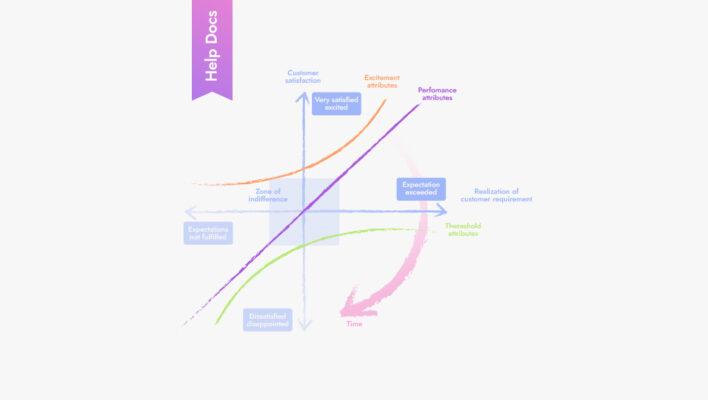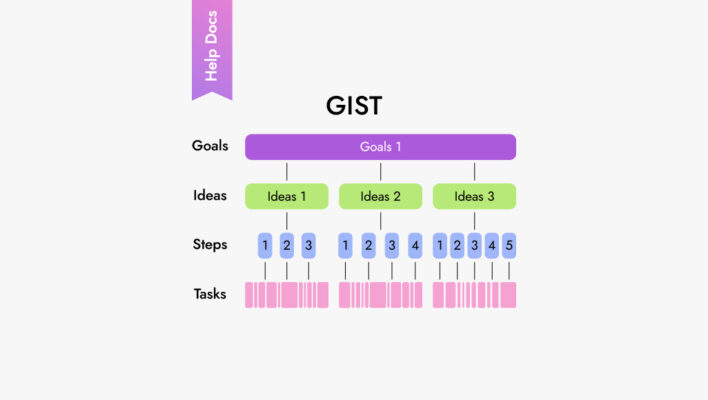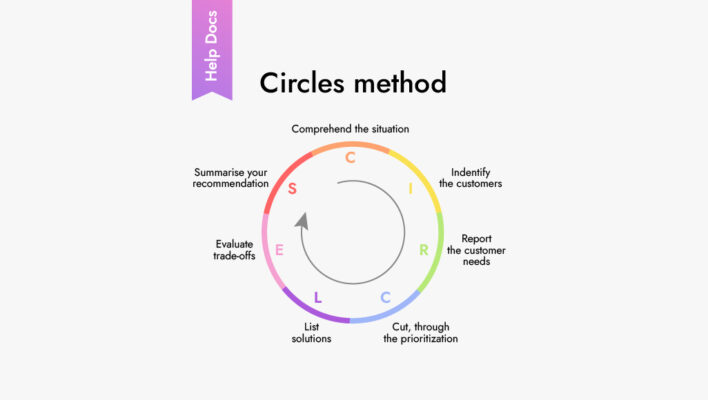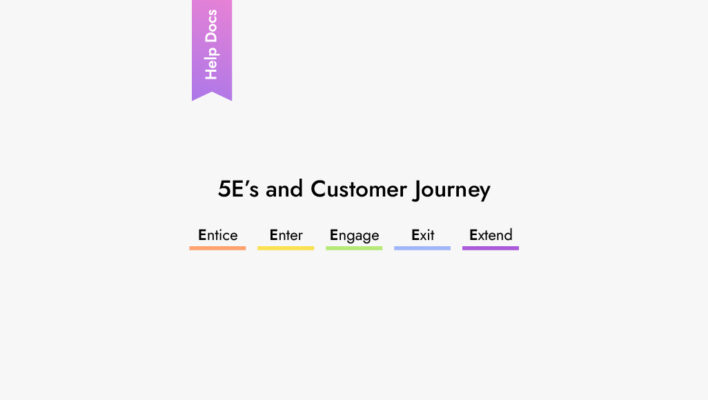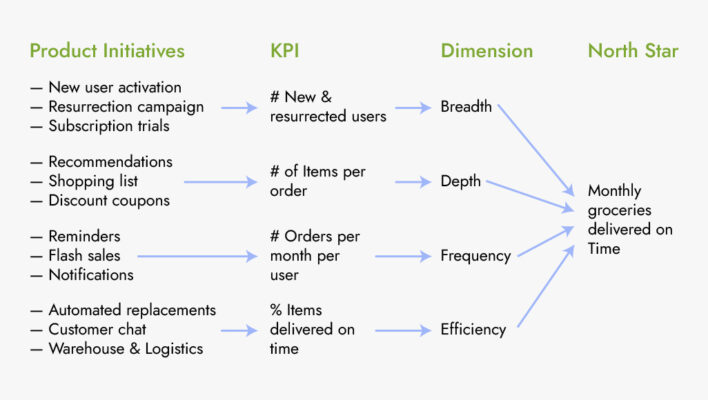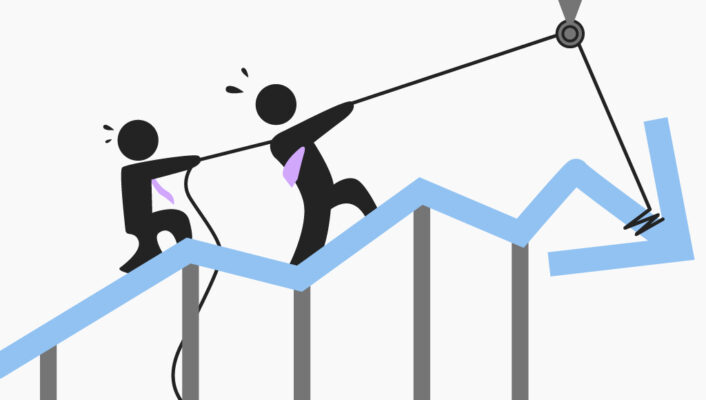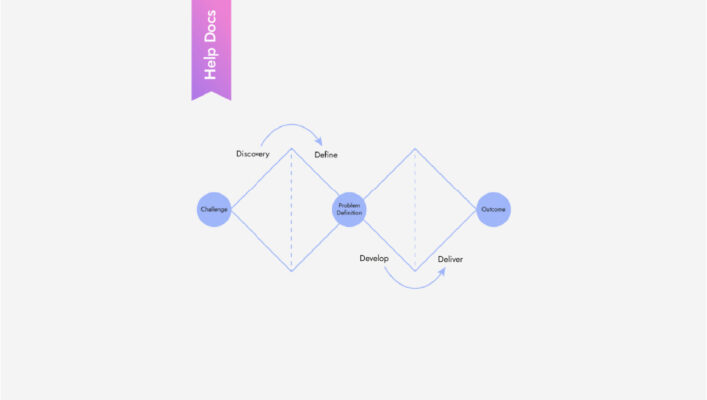How the DIGS framework helps to pass interviews
DIGS framework helps to answer the behavioral question with the help of storytelling elements.
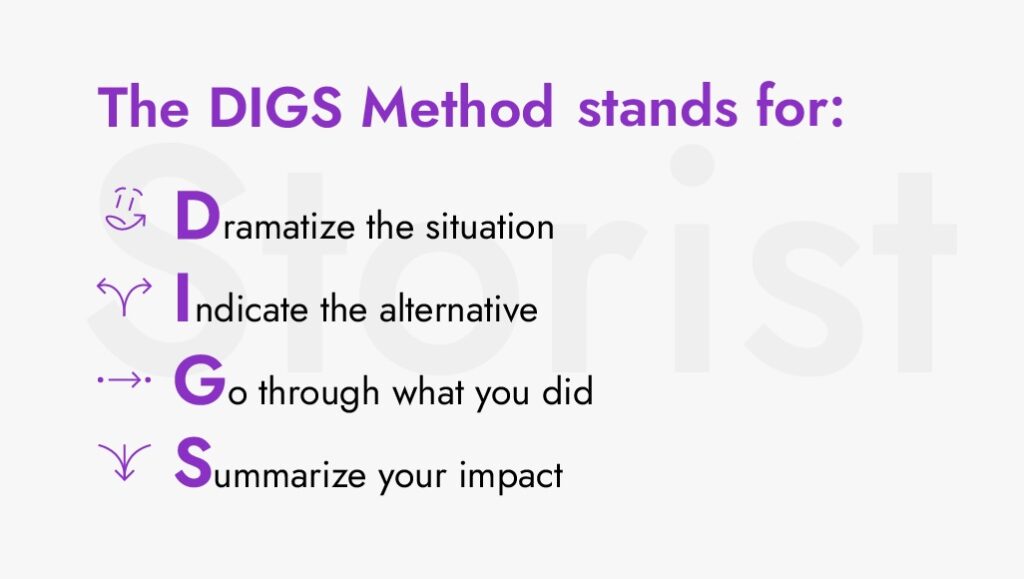
The framework has been developed by bestselling author Lewis C. Lin. DIGS is rethinking the STAR (Situation, Task, Action, Result) framework, which helps structure information during an interview. According to the author, the classic STAR framework does not allow you to tell an emotional story that will impress the interviewer. Therefore, he offers a different model of answering questions.
- Dramatize the situation
- Indicate the alternatives
- Go through what you did
- Summarize your impact
How it works
Dramatize the situation
Instead of the standard boring example of solving a work problem, tell an exciting story. Add dramatic moments, describe in detail the details and emotional state of the participants in the story. Tell us what situation you and your company were in, why the situation required your resourcefulness and talents.
Your goal is to make the interviewer feel emotions in order to reduce the distance between you and win his approval.
Indicate the alternatives
The second step is to describe the alternatives that you had in that situation. This will help you show your ability to think strategically and emphasize your analytical abilities. It is better to describe three options: the one you have chosen and two alternative ones. During the story, it is worth explaining your decision, describing the pros and cons of each of the ways.
Go through what you did
Tell in detail what you did exactly. Who did you call, who was consulted, what hypotheses were tested. What difficulties they faced, how they were solved, and so on. This will help to show your hard and soft skills and help the interviewer to better understand you as a person.
Summarize your impact
In conclusion, tell how your actions affected the company. It’s great if you can give specific figures or give eloquent qualitative results. The finale of your story should clearly show that all your actions have led to an improvement in the company’s position and helped the business.
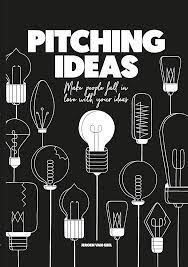
Example
Dramatize the situation
Imagine that you are being interviewed for a marketing position at a startup in Silicon Valley.
INTERVIEWER: Tell me about a time when something didn’t go as planned.
YOU: A year ago, our marketing director suddenly fell ill with Dengue fever right before presenting the strategy to a key client. The future of our company depended on this contract, because working with this brand allowed us to enter the global market and create a reputation for us as a company that creates the best product for crypto exchanges. As a senior marketer, I had only three days to finish the presentation and prepare a speech.
Indicate the alternatives
INTERVIEWER: And how did you manage to do everything?
YOU: I’ve considered what options I had. Firstly, I could use what our director had already done before his illness and just edit his presentation. However, he was hospitalized by ambulance, and his wife did not know the password to his laptop. Therefore, it was necessary to create a presentation from scratch. I could do the analytics, the action plan, and the structure of the presentation with the speech on my own. But due to the tight deadlines and the availability of tasks for other clients, this was not the best option. Therefore, I delegated the tasks of presentation design to the designer, and asked the analyst to prepare our strategy. He also took up the development of an action plan and the preparation of a speech.
Go through what you did
INTERVIEWER: Tell me, what exactly did you do?
YOU: Since our client was an Asian crypto exchange that was planning to enter the European market, we identified segments based on analytics that are worth working with as part of a marketing company. It was decided to focus on the audience who moved from Asia to Europe and is facing the problem of money transfer. As part of the action plan, I proposed working with the most popular search queries, creating a thematic channel in WeChat and attracting micro-influencers to promote the service. During the presentation, I was the main speaker from our company and answered all the questions of the client’s management.
Summarize your impact
INTERVIEWER: And how did it end?
YOU: The presentation was successful, we received a contract. As a result of the advertising campaign, we managed to increase traffic to the client’s site five times and increase brand awareness seven times among the target audience. After the first three months of working together, our company and the client’s company signed a second annual contract.
Takeaway
The DIGS framework helps to effectively present yourself and your achievements during interviews and various speeches. For even more useful frameworks please follow the link on our website.


